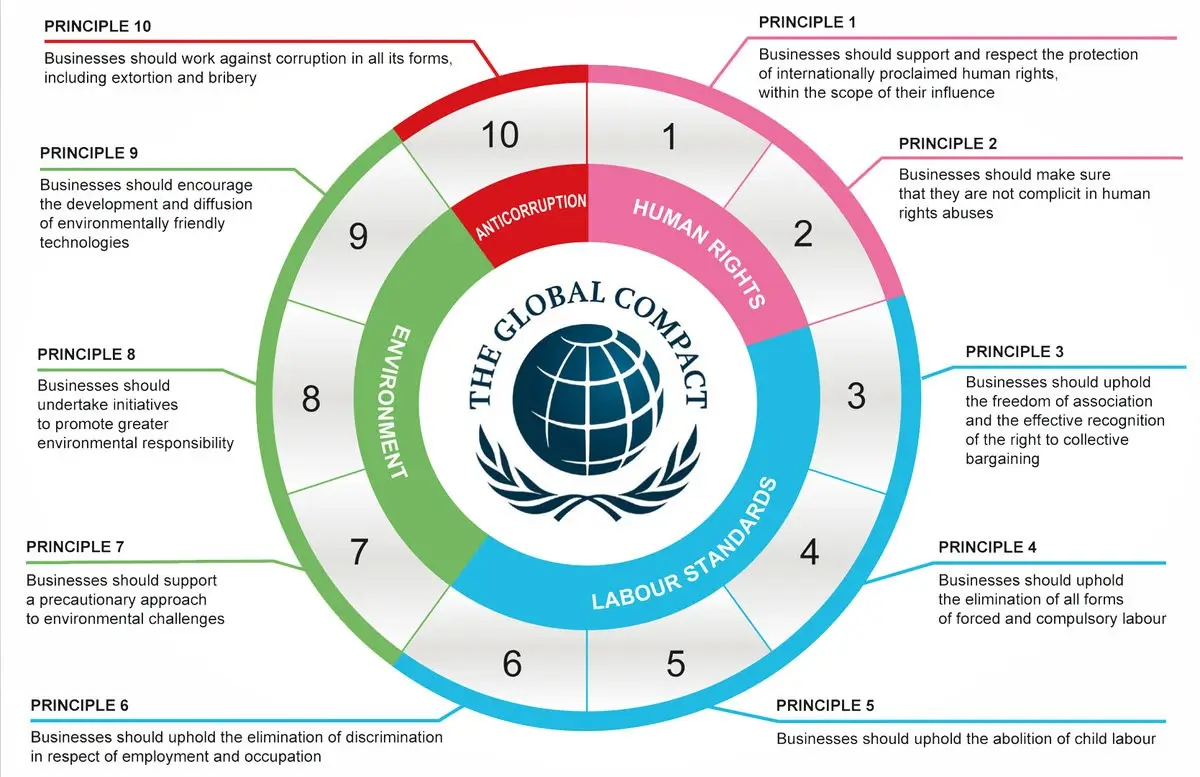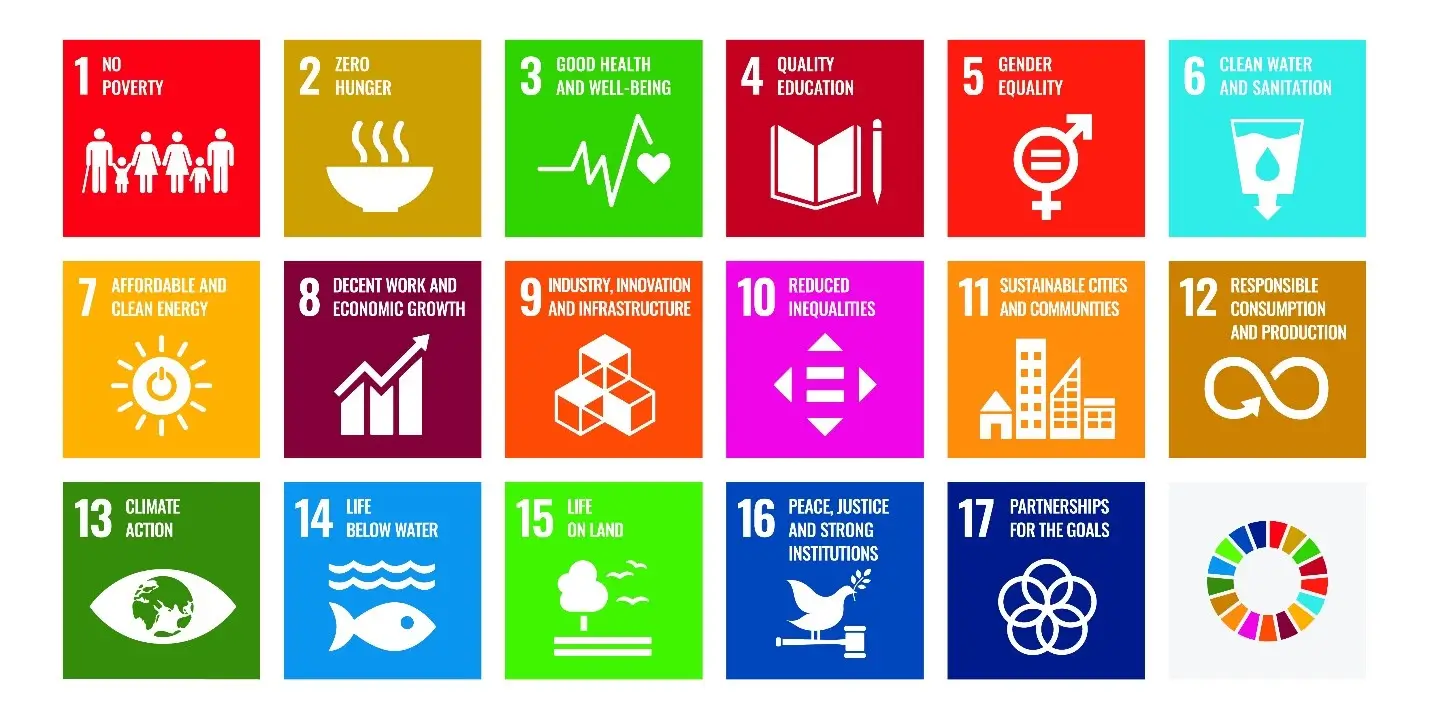Discover VanEck’s Sustainable ETF Suite
Governments, companies and individuals have ambitious goals for cutting carbon emissions and heralding far-reaching change. Investors can take part in the transition to a more sustainable economy. They can finance it, by providing capital to virtuous companies, and potentially achieve positive financial returns.
At VanEck, we offer different sustainable ETFs to suit your investment views (classified as Article 9 according to the Sustainable Finance Disclosure Regulation - SFDR).

- Access to the multi-decade transformation of the food sector
- Exposure to some of the pioneering sustainable food production ’s companies
- Trend driven by a growing global population and accelerating climate change
- Invest across alternative proteins, food flavoring and precision agriculture
Risk of capital loss
Lower risk
Higher risk
Typically lower reward
Typically higher reward

- Access to the current leading firms of this new economic concept
- An increasingly popular business model prioritizing reuse, repair and recycling
- EU aiming to a circular economy by 2050, with the Right to repair legislation as a crucial part
- Businesses could benefit through lower costs and greater efficiency
Risk of capital loss
Lower risk
Higher risk
Typically lower reward
Typically higher reward

- A key emerging renewable energy source
- Governments have placed hydrogen at the center of energy transition plans
- Potential applications ranging from cars to trains and airplanes
- Expected to comprise a significant share of the future global energy mix1
Risk of capital loss
Lower risk
Higher risk
Typically lower reward
Typically higher reward

